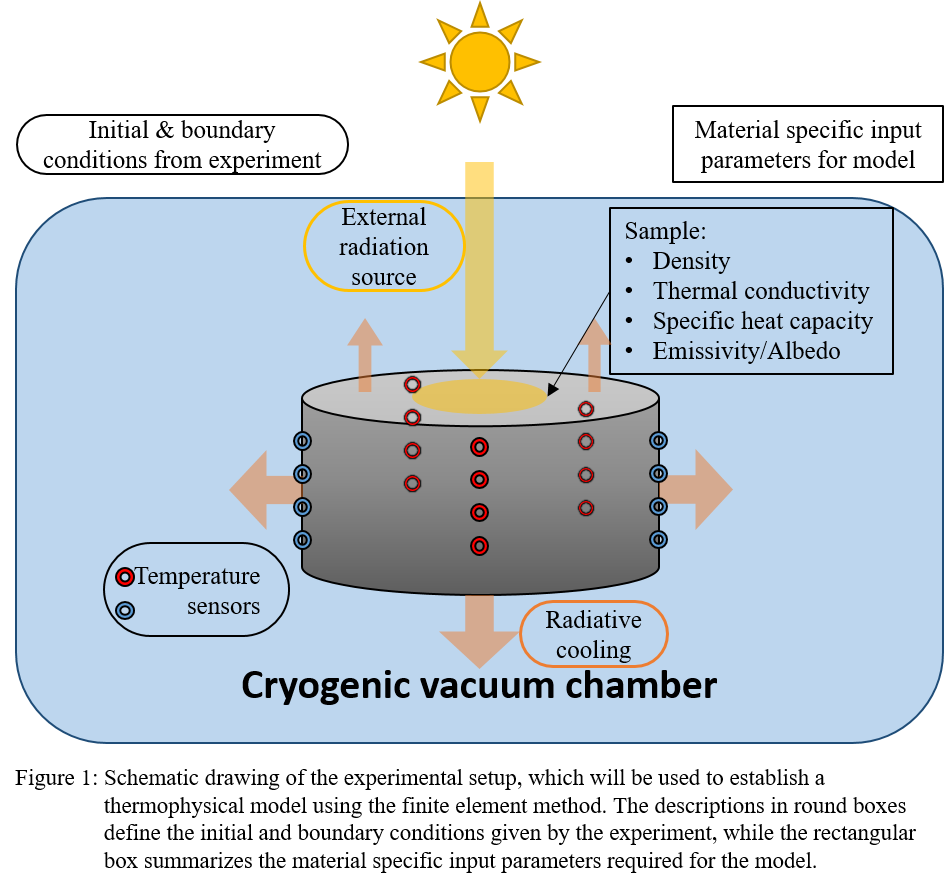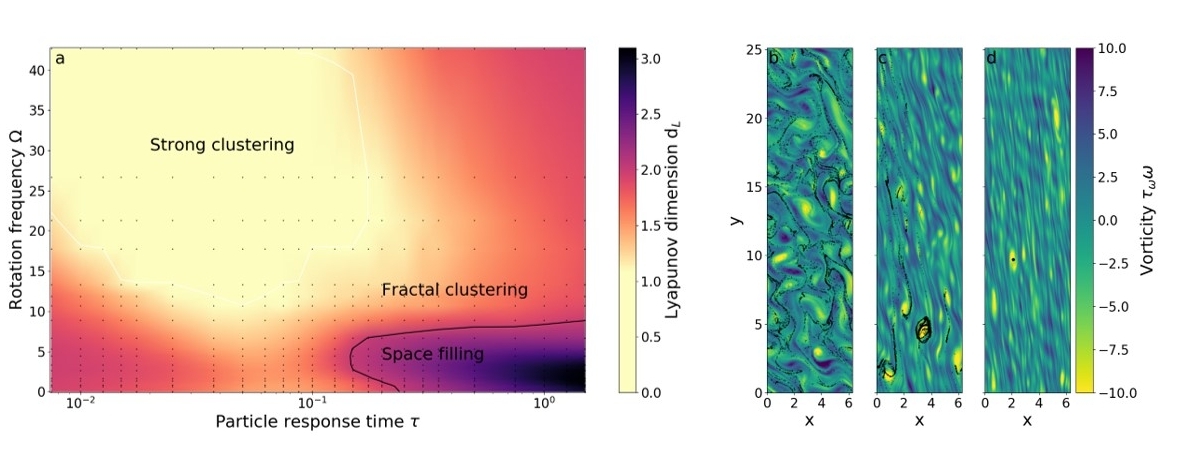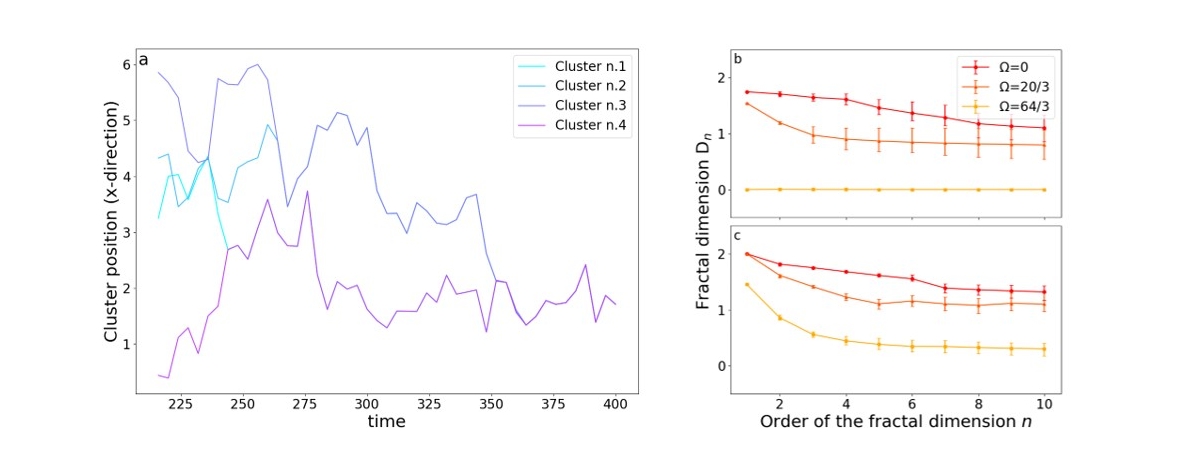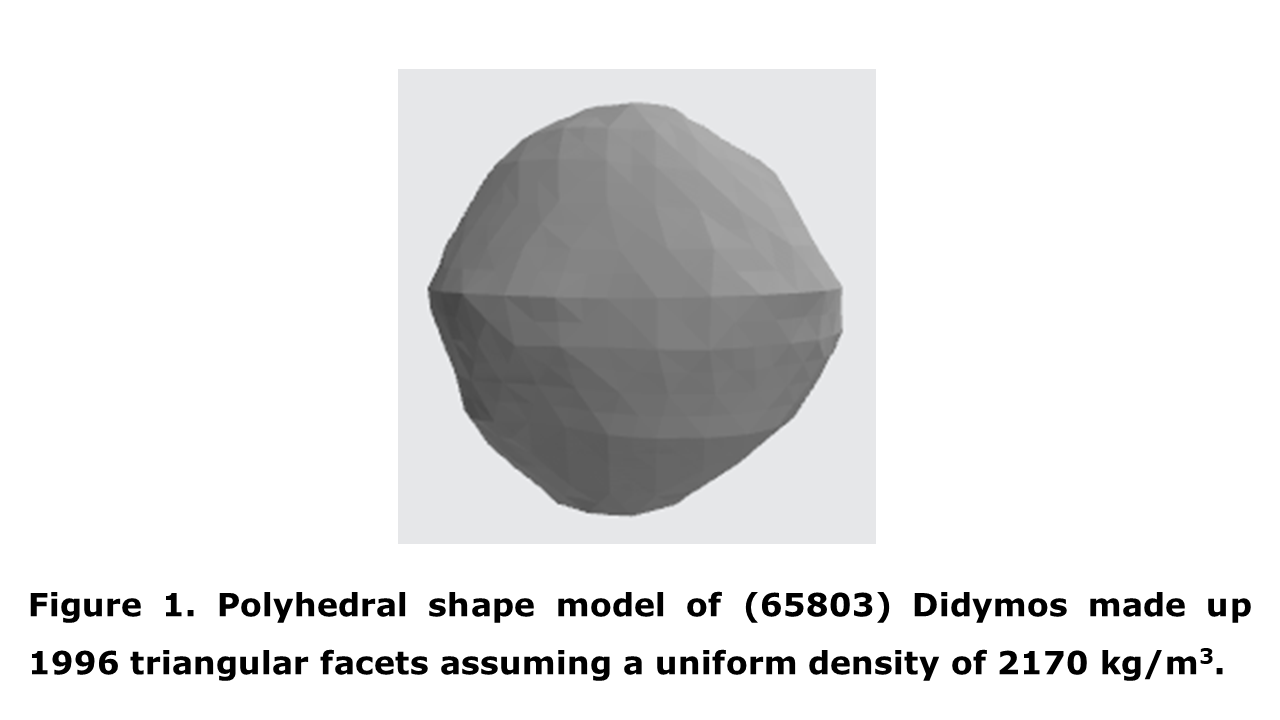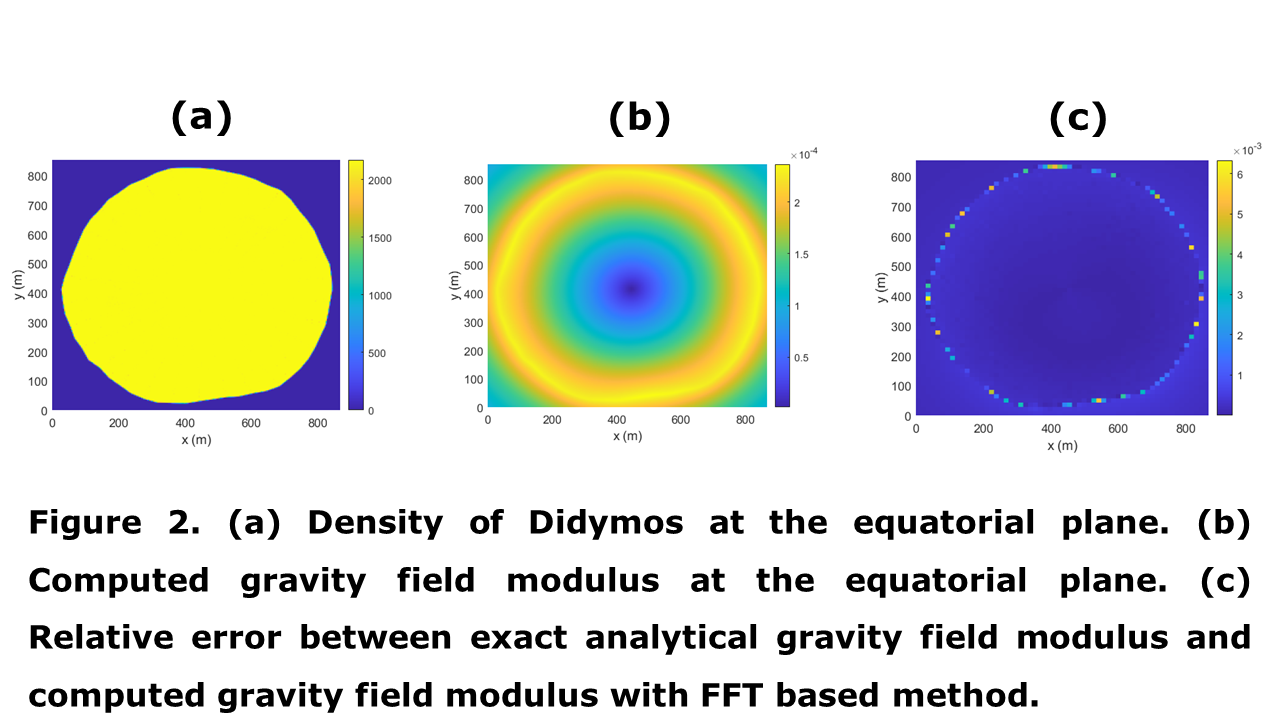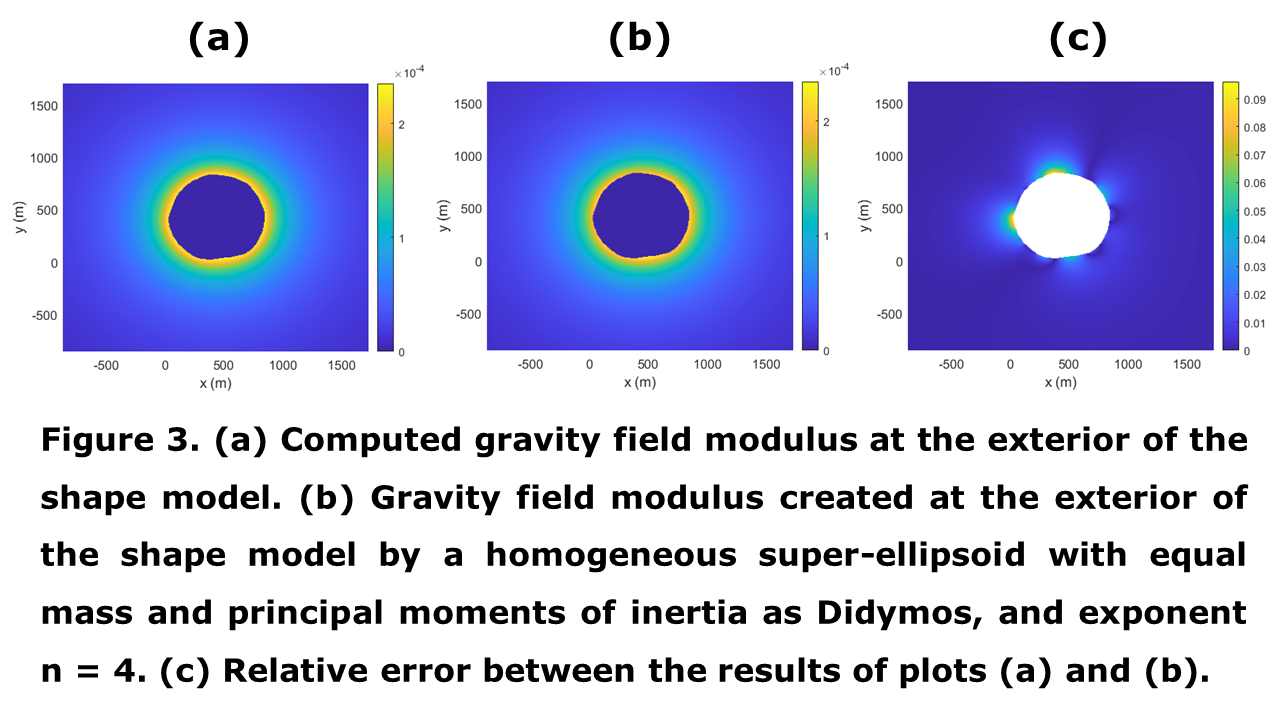Many objects that form via a gravitational collapse or contraction appear to rotate around their own axis (spin) in a manner that aligns with their orbit around larger parent structures. Systematic prograde rotation is found in the planets and larger asteroids of the Solar System [1], in the stars of several open clusters [2], as well as in the molecular clouds of different galaxies [3,4]. Remarkably, the fact that such a spin-orbit alignment exists across different scales has received little scientific attention in the last decades, while a satisfactory answer remains to be found.
Indeed, when the rotational direction of an object is assumed to be equal to that of the cloud from which it formed, only specific birth environments with rising orbital velocity curves lead to systematic prograde spin [5]. We present a new mechanism that describes how collections of particles or clouds gain a prograde rotational component when they collapse or contract while subject to an external, central force. We show that because particles that orbit in any non-rigid cloud shear away from one another over time – and do so on curved paths – their combined center-of-mass moves inward. The orbital angular momentum that is thus liberated, adds a prograde component to the spin of the object that forms.
We first visualize the mechanism of prograde spin-up in Fig. 1a, where we plot the motion of a disk of particles on circular orbits around a central mass. For illustrative purposes, mutual interactions like self-gravity are not included here. Over time, the shear over curved orbits morphs the particles into an increasingly extended arc, whose combined center-of-mass moves inward to an orbit with a reduced semi-major axis. Hence, if the cloud of particles were to gravitationally collapse, the object forms at an orbit interior to the cloud, with a lower orbital angular momentum. The deficit goes into rotation, and the object attains a prograde spin. Being a geometric effect, the mechanism of prograde spin-up persists around any central potential that triggers shear, even those where the shear is strongly retrograde.
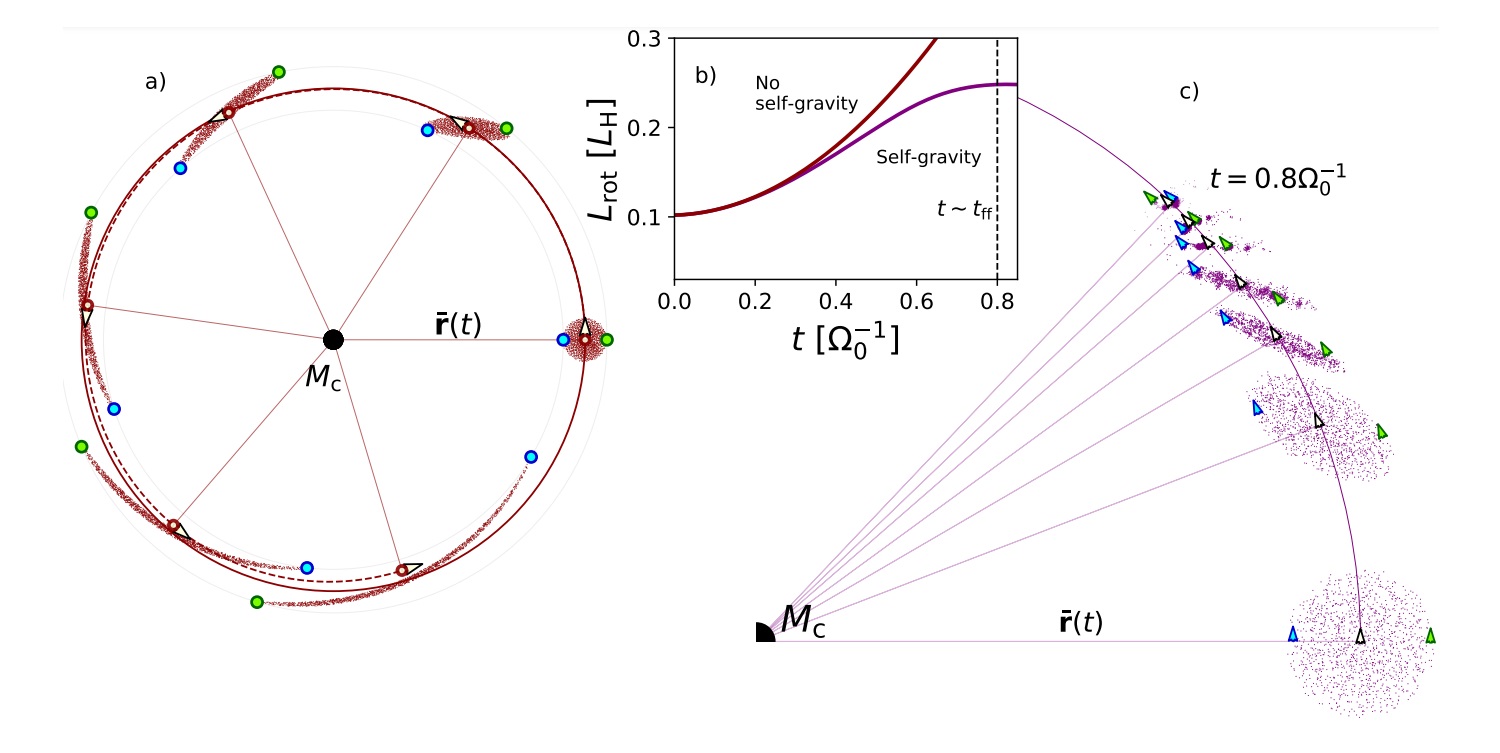
Fig. 1: Visual representation of the prograde spin-up mechanism
To verify this mechanism of prograde spin-up, we perform N-body simulations of gravitationally bound, collapsing clouds with REBOUND [6]. As seen in Fig. 1b, the rotational angular momentum of the cloud increases quadratically during the collapse (δLrot/LH ∝ t2), before slowing down when the collapse completes around t ∼0.8 tff in this example. We provide further visualization in Fig. 1c, where shear is seen to initially deform the cloud into a curved, bar-like structure whose center moves inward, spinning up the material. As the cloud contracts, collisions prevent further relative motion and eventually a stable, prograde binary forms.
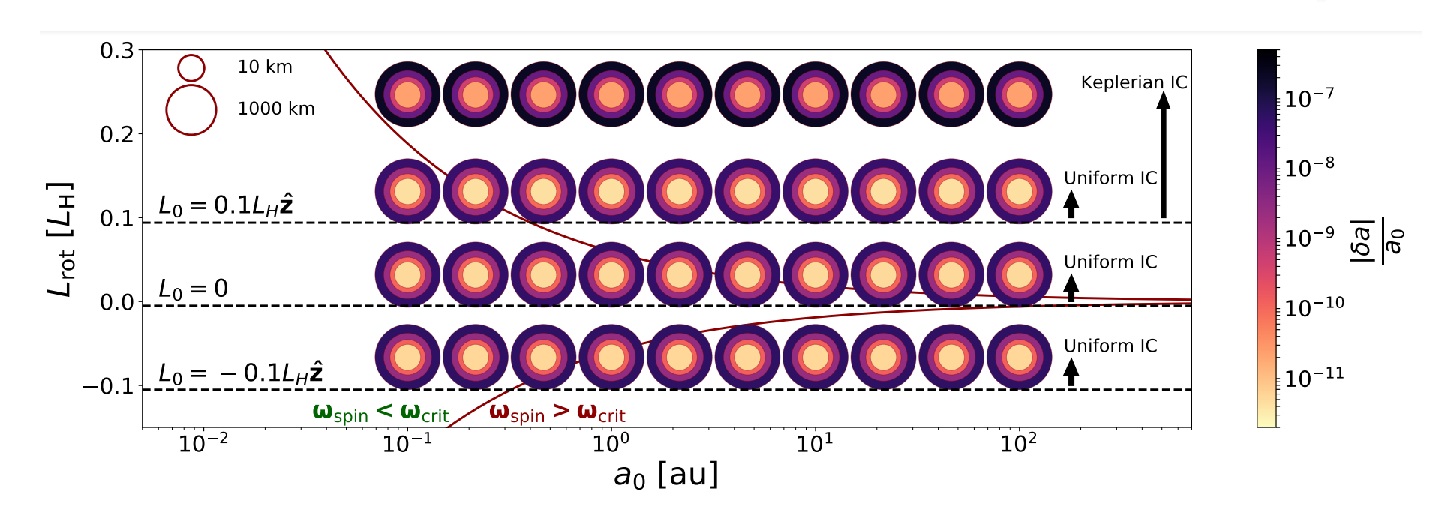
Fig 2: Rotational gain by prograde spin-up in the streaming instability.
We highlight an application of prograde spin-up to the rotation of (binary) asteroids in the Solar System, which are understood to form via gravitational collapse in a process known as the streaming instability [7]. We numerically estimate the magnitude of their spin-up with a set of N-body simulations with varying initial conditions (see Fig. 2). The formation of binaries is easier in the outer Solar System, offering an explanation for the high fraction of binary systems on wider orbits. Indeed, we show that at the distance of the Kuiper belt (∼30 AU), even the clouds that begin their collapse without any rotation can gain enough angular momentum via prograde spin-up to form prograde comet binaries.
Within the Solar System, the group of 'Cold Classicals' that reside in the Kuiper belt provide a unique sample of asteroids that likely retained their rotation at birth [8]. Besides being characterized by low inclinations and eccentricities, this group contains a high fraction of binary pairs [9] that often have strong color correlations [10], reinforcing the idea that they formed in a single gravitational collapse – rather than by later capture. The majority of these binaries spin in a prograde direction, a key signature that has recently been reproduced with detailed hydrodynamical simulations [8,11]. In these simulations, the colatitude distribution of the vorticity vectors is initially broad, and the prograde bias only appears when the bound clumps collapse. We suggest that the new mechanism of prograde spin-up can function as the physical driver of this rotational bias.
The relevance of prograde spin-up to the formation of objects by gravitational collapse on larger astrophysical scales remains open for further investigation. It is likely, however, that the universal applicability of prograde spin-up contributes to the ubiquity of spin-orbit alignment on different scales. The total rotational gain scales with relative cloud size: δLrot/LH ∝(Rcl/RH)5. Compared to the rotation contained in shear: δLrot/LH ∝(Rcl/RH)2, prograde spin-up becomes important when the size of the cloud prior to collapse is comparable to the Hill radius. For objects that form in this interface between self-gravity and shear, prograde spin-up naturally produces a spin-orbit alignment, even in an environment of retrograde shear.
[1] Grundy, W. M., Noll, K. S., Roe, H. G., et al. 2019, Icarus, 334, 62
[2] Corsaro, E., Lee, Y.-N., García, R. A., et al. 2017, Nature Astronomy, 1, 0064
[3] Braine, J., Rosolowsky, E., Gratier, P., Corbelli, E., & Schuster, K. F. 2018, A&A, 612, A51
[4] Braine, J., Hughes, A., Rosolowsky, E., et al. 2020, A&A, 633, A17
[5] Mestel, L. 1966, MNRAS, 131, 307
[6] Rein, H. & Liu, S. F. 2012, A&A, 537, A128
[7] Johansen, A., Youdin, A., & Mac Low, M.-M. 2009, ApJ, 704, L75
[8] Nesvorný, D., Li, R., Simon, J. B., et al. 2021, Planetary Science Journal, 2, 27
[9] Grundy, W. M., Noll, K. S., Roe, H. G., et al. 2019, Icarus, 334, 62
[10] Benecchi, S. D., Noll, K. S., Grundy, W. M., et al. 2009, Icarus, 200, 292
[11] Nesvorný, D., Li, R., Youdin, A. N., Simon, J. B., & Grundy, W. M. 2019, Nature Astronomy, 3, 808


